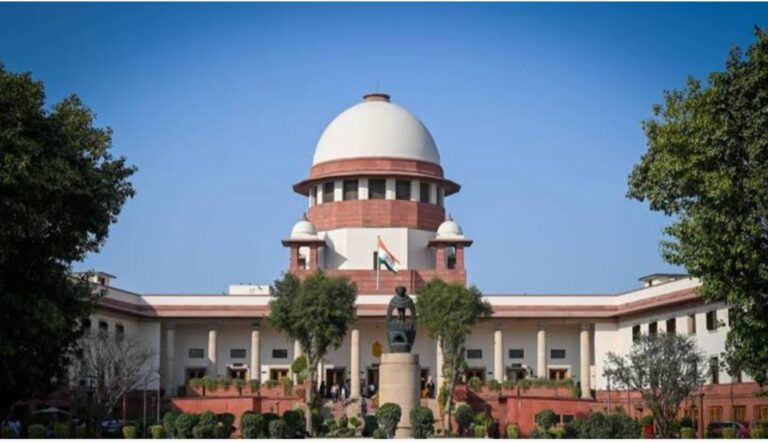This verdict of Supreme Court ensures the taxpayers a greater clarity on the validity of reassessment notices, while the Revenue can benefit from extended timelines due to pandemic-related challenges, albeit within defined limits.
The Supreme Court recently ruled in favour of the Revenue Department in a significant case concerning the issuance of 90,000 income tax reassessment notices. These notices, issued after April 1, 2021, were based on the old reassessment regime, sparking legal debate on their validity.
The ruling, delivered by a bench led by Chief Justice Dhananjaya Y Chandrachud, clarified that the reassessment provisions of the Income Tax Act, as amended in 2021, would apply retrospectively. This judgment addresses the intersection of the new reassessment provisions and the Taxation and Other Laws (Relaxation and Amendment of Certain Provisions) Act, 2020 (TOLA), which temporarily extended statutory time limits due to the COVID-19 pandemic.
Key Highlights of the Supreme Court’s Ruling
1. New Reassessment Provisions Apply Retroactively
The Supreme court ruled that the amended reassessment provisions, which came into effect after April 1, 2021, must be applied even for assessment years prior to this date. The old reassessment regime cannot extend beyond the deadlines specified under the newly amended Section 149.
2. Extended Time Limits Due to COVID-19
The Revenue was granted extended time limits for reassessment actions initiated between March 20, 2020, and March 31, 2021, under TOLA. This provided relief to tax officers facing administrative difficulties during the pandemic. However, the court emphasized that TOLA’s extensions are temporary and cannot be extended indefinitely.
3, Invalid Notices Beyond New Time Limits
Any reassessment notices issued after the new deadlines stipulated under Section 149 will be deemed invalid. This ensures clarity for taxpayers who were unsure of the legitimacy of reassessment notices they had received.
4. Procedural Safeguards for Taxpayers
The ruling reiterated the need for procedural fairness. Before issuing reassessment notices, tax authorities must comply with Section 148A, which requires a preliminary inquiry and allows the taxpayer an opportunity to be heard. This aligns with the court’s earlier judgment in the Ashish Agarwal case, which mandated that taxpayers be provided with the evidence on which reassessment notices are based.
5. Understanding the Changes to the Income Tax Reassessment Process
Before the 2021 amendments, reassessments were governed by Section 148 of the Income Tax Act, which allowed the tax authorities to reopen past assessments if new evidence of undisclosed income came to light. Under the old regime, reassessment notices could be issued up to six years after the relevant assessment year in significant cases. For minor cases, the time limit was four years.
The 2021 Finance Act introduced significant reforms, shortening the reassessment period to three years. In serious cases involving income escaping assessment exceeding ₹50 lakh, the time limit remains ten years but with additional procedural safeguards, including the requirement to conduct a preliminary inquiry under Section 148A. This inquiry provides transparency and ensures that taxpayers are informed about the reasons for reassessment.
6. Implications for Taxpayers
For taxpayers, this ruling brings much-needed clarity. Reassessment notices issued after April 1, 2021, must now adhere to the new provisions of the Income Tax Act, even if they pertain to past assessment years. This ensures that taxpayers are not caught in prolonged reassessment proceedings under the outdated regime. Additionally, reassessment notices that exceed the new time limits will be declared invalid, providing relief to those who might otherwise face reassessment on time-barred notices.
Conclusion
The Supreme Court’s decision marks a turning point in how reassessment proceedings are conducted in India. By enforcing the new reassessment provisions retrospectively, the court has ensured a more streamlined and transparent process. Taxpayers now have greater clarity on the validity of reassessment notices, while the Revenue can benefit from extended timelines due to pandemic-related challenges, albeit within defined limits.
This ruling underscores the importance of balancing taxpayer rights with the needs of the Revenue Department, ensuring fairness and procedural transparency in the reassessment process.
READ MORE
10 Key Changes to Rules Starting from 1 October: TDS, STT, PAN & More
